For immigrating to any country, the first step is to get familiar with that country. In this article, we aim to introduce you to Romania. Getting to know Romania is very important for those who intend to immigrate to this country. Romania is one of the member states of the European Union. Romania has a rich heritage and civilization and civilized people. In this article, we aim to further familiarize you with Romania. Romania is among the advanced European countries. It is considered a migrant-friendly country, with many people immigrating to it. Especially given the favorable conditions of this country, immigration to Romania from our country has increased in recent years. You might also be among those who wish to immigrate to this country. It is also recommended to read the article on studying in Romania.
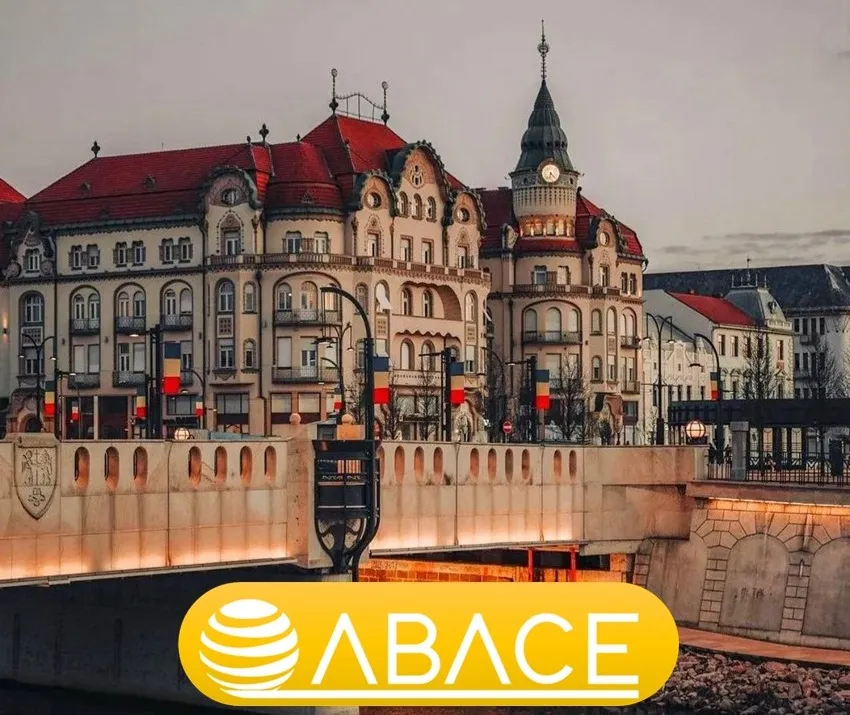
Getting to know Romania
Romania is a country located at the crossroads of Central, Eastern, and Southeastern Europe. It is bordered to the south by Bulgaria, to the north by Ukraine, to the west by Hungary, to the southwest by Serbia, to the east by Moldova, and to the southeast by the Black Sea. With an area of 238,400 square kilometers, Romania is the ninth largest country in the European Union in terms of area. Likewise, with a population of 19.2 million, it is the seventh most populous country in the European Union. Its capital and largest city is Bucharest. This city is the sixth largest in the European Union. As mentioned, Romania is a member of the European Union and also NATO. The heart of the NATO treaty is Article 5, in which the signatory countries have agreed to consider a military attack against one or more member states in Europe or North America as an attack on all member states and to respond accordingly.
Regarding Romania’s climate, it can be said that it is predominantly a temperate continental climate. Romania is the twelfth largest country in Europe and the sixth most populous member of the European Union. The official language of this country is Romanian, but people in this country also speak other languages. The currency of this country is the Romanian Leu. Most Romanians are Christian, with about 87 percent belonging to the Orthodox branch. This term, in defining religious beliefs, refers to correct doctrinal principles and their followers. It stands in contrast to heterodox beliefs. This term was first used in the first century AD.
Recommended article: Immigrating to Romania
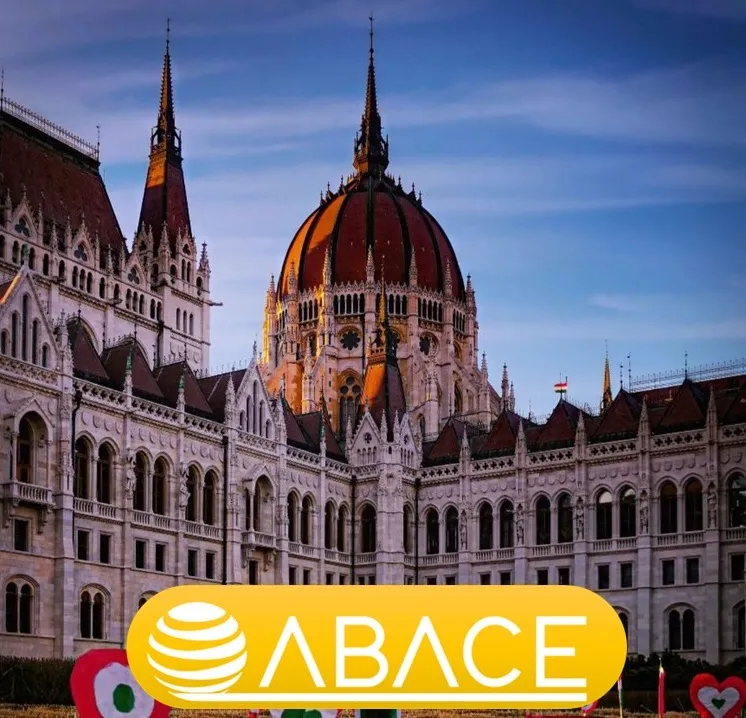
Formation of Romania:
In this section, to get acquainted with Romania, we will discuss its establishment and history. Regarding the formation of Romania, it should be said that Romania was formed in 1859 through a personal union of the Danubian Principalities of Moldavia and Wallachia. The Danubian Principalities was a title given to the kingdoms of Moldavia and Wallachia, which emerged in the early 14th century. This term was coined during the Habsburg reign after the 1774 treaty with a shared geopolitical status. This term was used at the time by foreign political circles and public opinion. The new state, officially named Romania since 1866, gained independence from the Ottoman Empire in 1877. During World War I, after declaring neutrality in 1914, Romania fought alongside the Allied forces despite its initial neutrality. After the war, Bukovina, Bessarabia, Transylvania, and parts of Banat became part of the Kingdom of Romania.
As mentioned, in 1859, with the union of Wallachia and Moldavia, a country named Romania was established. This country was almost under Ottoman supervision until the Berlin Congress in 1878. But in that same year, it gained full independence and separated from the Ottomans. In the late 18th century, Romania initiated a movement due to cultural and linguistic concerns. The aim of this movement was to fight for national identity and freedom, which makes getting to know Romania interesting. This began with the establishment of a cultural movement called the “Transylvanian School.”
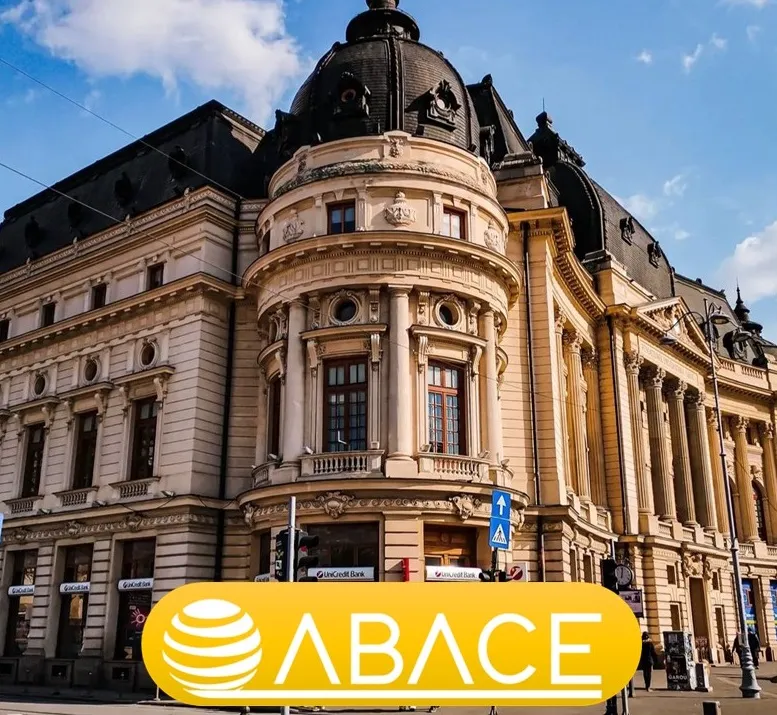
Prehistoric Romania:
Getting acquainted with Romania or any other country is very exciting when accompanied by knowledge of its prehistory. Therefore, in this section, we will discuss Romania in prehistory. A partially reconstructed skull of the oldest known remains of Homo sapiens in Europe was found. The human remains found in the Cave with Bones, dated by radiocarbon to about 40,000 years ago, represent the oldest known Homo sapiens in Europe. A significant part of human life in the past and present has been influenced by agriculture. Therefore, archaeologists pay special attention to the agriculture of the past. Getting to know Romania is no exception. Extensive research has been conducted on this subject, yielding interesting results. Neolithic agriculture spread after the arrival of a mixed group of people from Thessaly in the sixth millennium BC.
Excavations near a salt spring in Lunca provided the first evidence of salt exploitation in Europe. Here, salt production began between the fifth and fourth millennia BC. Salt production is a sign of early civilizations in Europe. The first permanent settlements turned into “early cities.” Early cities and the first settlements covered more than 320 hectares. The most well-known archaeological culture of ancient Europe is located in Muntenia. It flourished in southeastern Transylvania and northeastern Moldavia in the third millennium BC.
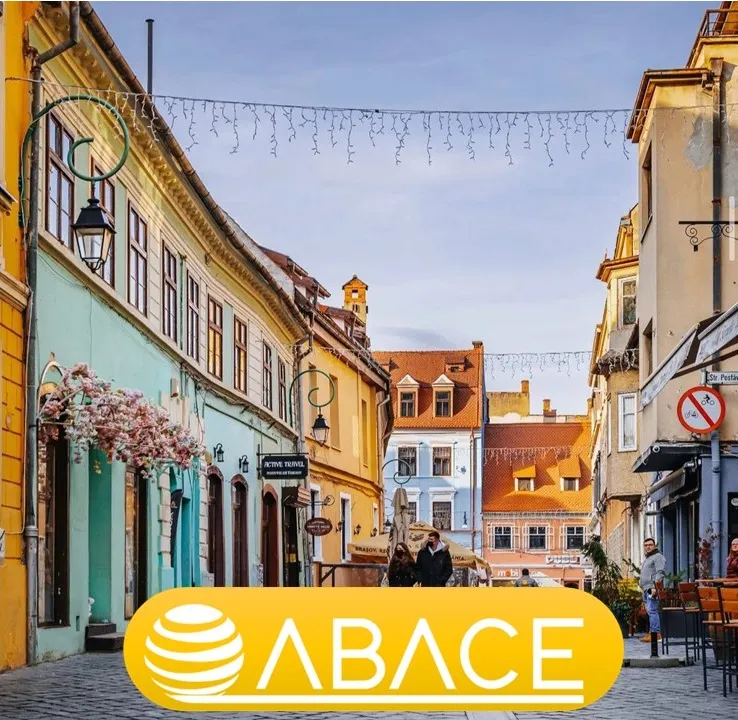
Romania has the second largest underground glacier in Europe!
Romania is a country full of wonders and unusual things. In continuing the topics we present for getting acquainted with Romania, we intend to explore a few cases. One of the interesting facts about Romania is the existence of the second largest underground glacier in Europe in this country. Romania’s underground glacier is located in the stunning Apuseni Mountains. This glacier is situated in a cave at an altitude of 1,165 meters in the Apuseni Mountains. This location is home to one of the largest natural glaciers in Europe. Regarding natural glaciers, one of the most important aspects is their age. It should be said that this amazing natural phenomenon in Romania is over 3,000 years old. This natural glacier, with a volume of 75,000 cubic meters of ice, is considered the second largest underground glacier in Europe. Getting to know Romania includes this second largest natural glacier in Europe.
Another item we intend to introduce is the Salina Turda salt mine. The Salina Turda salt mine was very active in the 17th century. This mine is now closed and has taken on more of a recreational and tourist role. This ancient mine is located 120 meters underground. An attractive recreational theme park has been built in this mine. The park includes a bowling alley, a Ferris wheel, and an amphitheater. The amphitheater in this mine hosts concerts and various events throughout the year. Pedal and rowboat activities are also available.
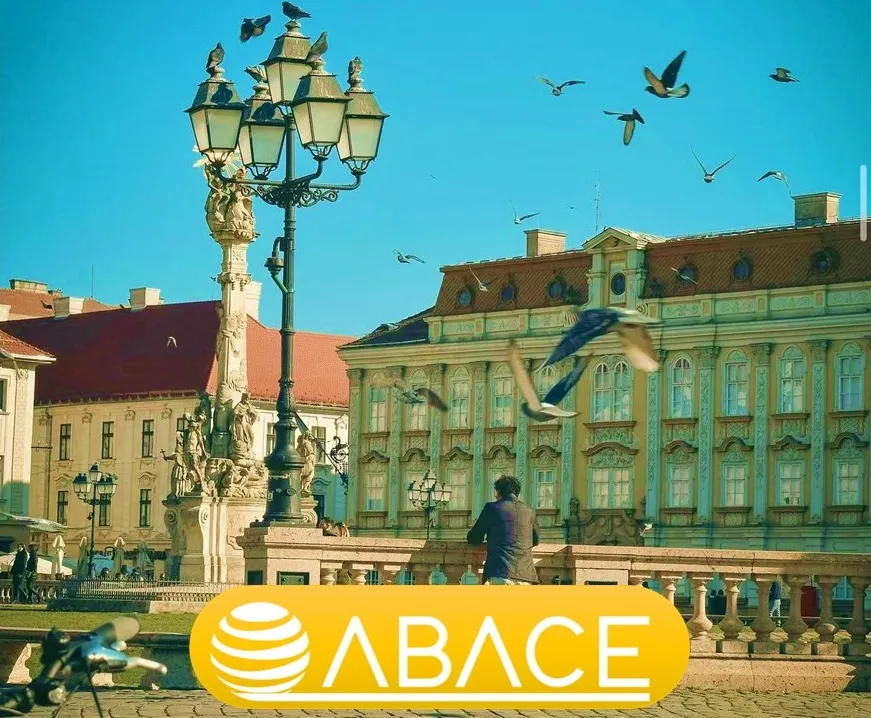
Getting to know the tourist attractions of Romania:
Peles Castle, Romania: Peles Castle is one of the most recognized and tourist-heavy attractions in Romania. It is a masterpiece of German Neo-Renaissance architecture and one of Romania’s historical landmarks. Tourists on a Romania tour need to travel 44 kilometers toward Brasov in the city of Sinaia to reach and visit this historic castle. The Romanian Parliament Palace: One of Romania’s notable and historical landmarks is the Parliament Palace, located in the central part of Bucharest on a hill. Visitors to this historical site should know that, after the Pentagon, this is considered the largest administrative building in the world. Expensive materials were used to build this palace, and today it serves as the meeting place for Romania’s representatives and the Senate. In the next section, we will introduce other historical parts of Romania.
Another historical site in this country is Romania’s literary center. Tourists should know that this important historical site is 120 years old and is one of the most significant locations in Bucharest for its architecture. In this place, you can observe the greatest speakers, concerts, and artistic programs. In this location, the queen and king frequently hold various ceremonies. The Arc of Triumph, also known as the Victory Arch, is located in the northern part of Bucharest. This site was built to honor Bucharest’s independence.
Getting to know Romanian folk costumes
We continue getting acquainted with Romania by introducing the traditional clothing of this country. Romanian clothing refers to the traditional attire of Romanians. This clothing is mainly prevalent in Romania and Moldova. It was also used to a lesser extent in Ukraine and Serbia. These clothes cannot be widely seen in Romania today. Currently, the vast majority of Romanians wear modern-style clothing most of the time. The clothes described here largely fell out of use during the 20th century. However, they are still used in more remote areas or on special occasions. Romanian traditional clothing is also seen in ethnographic and folk events. Each historical region has its own specific types of clothing. The popular clothing of Romanians has roots in their Thracian, Dacian, and Getae ancestors.
These clothes are very similar to those of the people of the Balkan Peninsula, with differences in decorative details and vibrant colors. You are reading about getting acquainted with Romania and its traditional clothing. The female portrait carved on Trajan’s Column in Rome provides information about their clothing. This portrait was recorded after the Dacian wars. Dacian women wore shirts with wavy necklines. The sleeves of these clothes were either long and loose or short. The long dress reached the ground, sometimes with a wide cloak worn over it.
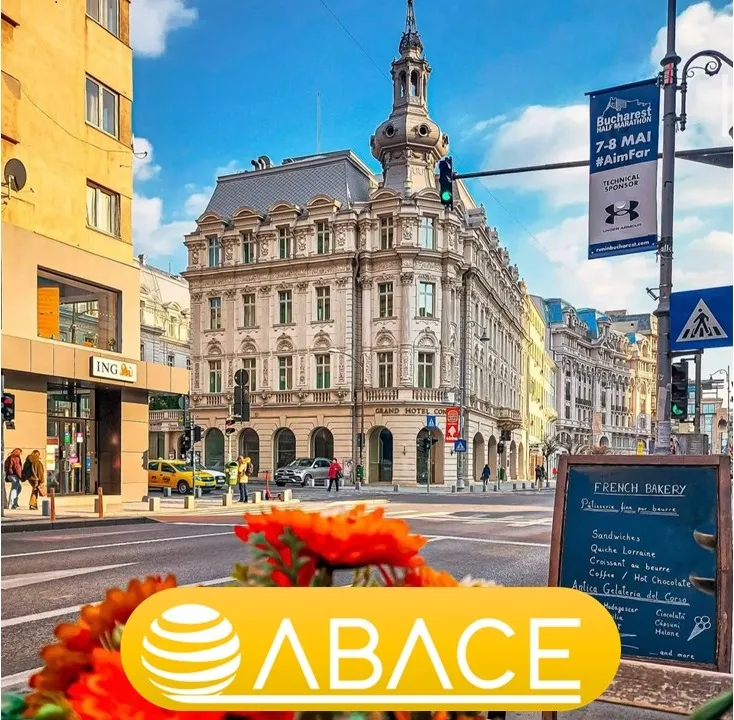
Introduction to the geography of Romania:
The geographical situation of Romania is as follows. Romania’s area is 238,391 square kilometers, and its total land borders are 3,149.9 kilometers. In this country, the Carpathian Mountains divide Romania into three regions: the northwest region called Transylvania, the southern region called Wallachia, and the eastern region called Moldova. Along the coastal part, in the east of the Danube, lies Dobruja. The southern part of Romania consists of two main plains, Câmpia Română (Romanian Plain) and the Lower Danube Plain. In the central part of Romania, in Transylvania, highland plateaus are located. The western part of Romania consists of plains, referred to in Romanian as the Western Plain (Câmpia de Vest). In the northern part of Dobruja lies the Danube Delta, the largest delta in Europe.
Due to the many birds and fish living there, the region’s ecosystem is significantly influenced. The largest river in Romania is the Danube, which flows along the border with Bulgaria. Important port cities in Romania, such as Galați, Brăila, and Tulcea, are located along the Danube. Other rivers in this country, which are less commercially significant, include Mureș, Someș, Olt, Siret, and Prut. The cities of Constanța, Brașov, Timișoara, and Cluj are among the important and strategic cities of Romania.
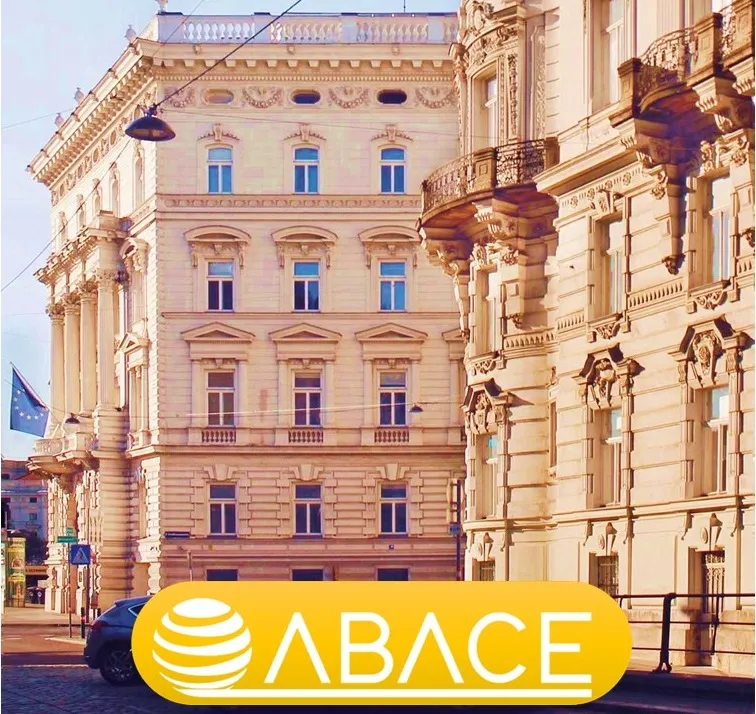
Weather:
Romania is a country in southeastern Europe with its capital in Bucharest. Romania is bordered to the west by Hungary and Serbia, to the northeast and east by Moldova and Ukraine, and to the south by Bulgaria. Because this country is far from open seas, its climate is temperate continental, with characteristics typical of Central European weather conditions. The seasons in Romania are very distinct. This means that Romania has four separate seasons (spring from March to May, summer from June to August, autumn from September to November, and winter from December to February). Romania’s weather conditions sometimes include very cold winters, followed by very hot summers.
The air temperature in this country during the summer season generally ranges from very hot to warm. In the summer months, the average maximum temperature in Bucharest is about 29 degrees Celsius, and in the southern regions of the country, the temperature ranges between 25 and 30 degrees Celsius. Heavy snowfall across the country, especially in Romania’s mountainous regions, may occur from December to mid-March. The average annual temperature depends on latitude and ranges from 8 degrees Celsius in the north to 11 degrees Celsius.
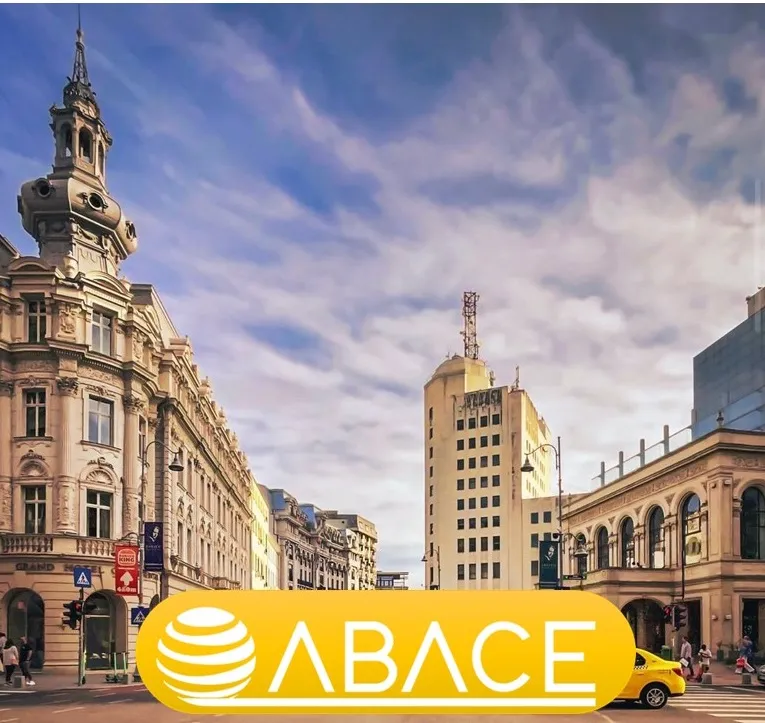
Introduction to Romanian politics
Romania was among the countries of the former Eastern Bloc. The communist rule under Nicolae Ceaușescu in this country lasted about thirty years. The era of Ceaușescu’s rule in Romania was marked by repression. At that time, the country had the most rigid Stalinist regime in the Soviet sphere, and its people endured many hardships. This era was intertwined with personality cult policies, nationalism, and hostility toward foreign countries. The policy of hostility toward foreign countries even included the Soviet Union. Ceaușescu’s government finally fell in 1989 following the Romanian Revolution. Ceaușescu and his wife were executed by firing squad after a hasty trial. Their execution was the last execution in Romania before the abolition of the death penalty on January 7, 1990. As a result, in December 1989, the communist regime was overthrown.
Finally, with the reforms that took place, Romania officially became a member of the European Union in 2007. The country’s leaders believed that membership in the European Union, despite pressures, would ultimately bring significant benefits to the people. Since 2007, Romania has also been seeking membership in the Schengen Agreement. Romania’s applications were rejected twice by member states until 2011. In 2018, members registered a resolution in favor of Romania’s membership in the Schengen Agreement. The current president of Romania is Klaus Iohannis, and Ludovic Orban is the prime minister of this country.
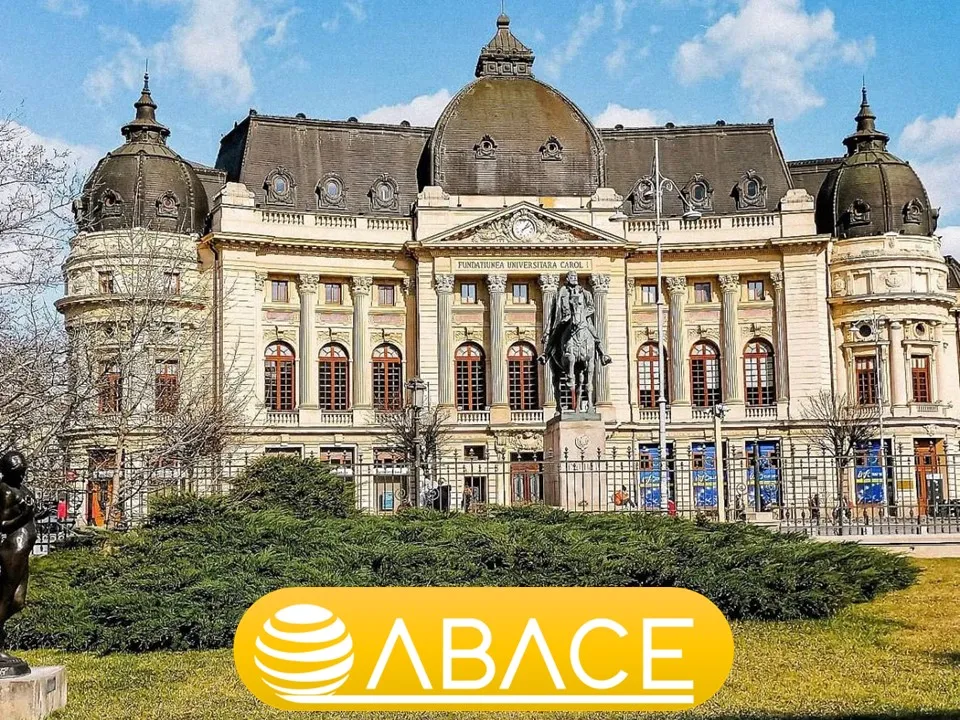
Introduction to the Romanian economy
To get acquainted with Romania, you need to learn about its economy. Romania’s economy has consistently experienced high growth in recent years. In fact, the country’s economy is a mixed economy with an upper-middle income. Romania is a developing country with a very high Human Development Index and a skilled workforce. Romania’s economy, with a high gross domestic product, ranks 15th in the European Union in terms of purchasing power parity. With an annual output of 516.5 billion dollars, the country ranks 40th in the world. In recent years, Romania has enjoyed the highest growth rates in the European Union: 6% in 2016, 7% in 2017, 4.1% in 2018, and 3.8% in 2019. It is predicted that Romania’s GDP will exceed 1,000 billion dollars before 2035.
To get acquainted with Romania, you should know that Romania is a progressive destination in Central and Eastern Europe for foreign direct investment. Through foreign direct investment, the country has earned over 170 billion dollars since 1989. Romania has been the largest producer of electronics in Central and Eastern Europe. In the past twenty years, it has also become a major technology hub. Mobile technology, information security, and hardware research are part of the country’s technological fields. The country is a regional leader in areas such as information technology and motor vehicle production.

Romanian music
Music is an important part of any country’s culture. In this section, to get acquainted with Romania, we will discuss its music. Romanian intellectuals, mostly from the Danubian Principalities and the Habsburg Empire, gradually began to recognize, evaluate, and use folklore in formulating Romania’s national identity. In 1830, Eftimie Murgu compared several popular Romanian and Serbian songs to reflect on the Roman origins of the Romanian people, sparking a long scientific debate that began in the late 18th century. In the 1830s and 1840s, Romanian publications (such as Foaie pentru minte, inimă și literatură, “Brochure for Mind, Heart, and Literature,” based in Transylvania) occasionally published Romanian folk poems and songs. The most prolific collector in the early century was Anton Pann, who published numerous songs that were widely popular.
However, during this period, neither Pann nor other well-known collectors of cultural material (Johann Andreas Wachmann, Carol Miculi, Henri Ehrlich, Alexandru Berdescu) worked with a very clear concept of folklore. They did not have a specific program to use folklore to develop a Romanian music school. Nevertheless, in 1850, the Moldavian-born historian and politician Mihail Kogălniceanu introduced public culture as an asset for the unity of the Romanian nation. Through the study of folklore, he called for a thorough exploration of the country’s historical roots.
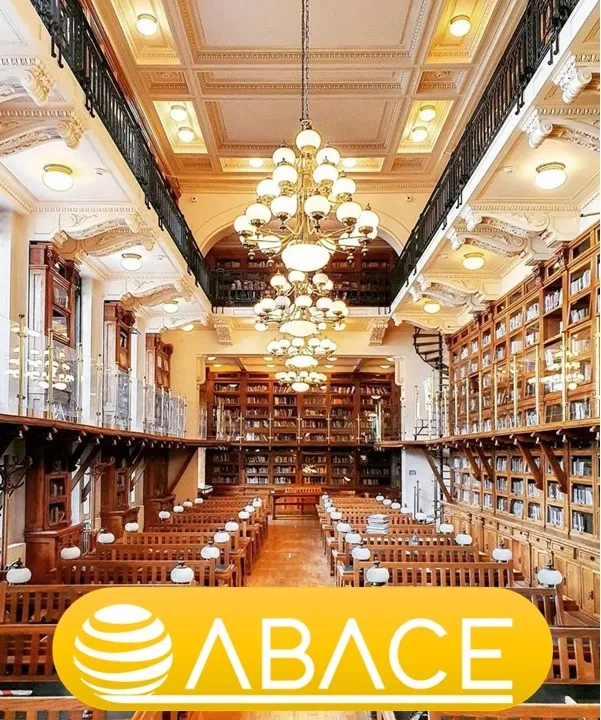
Conclusion:
For immigrating to any country, you need extensive knowledge of its culture, music, etiquette, politics, climate, and other aspects. Getting acquainted with Romania requires studying the history and civilization of this historic country. Knowing information about this country allows you to enter Romania fully prepared and enjoy living in this place.
Recommended article: Romanian culture

